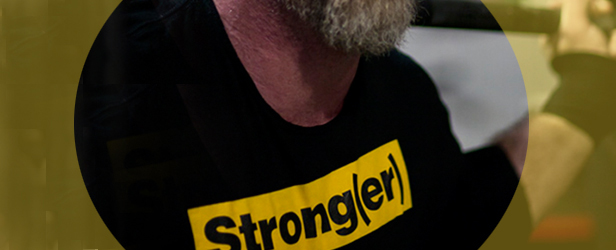
I hate cardio! Let me be clear—I hate cardio, the people who do it, the machines that facilitate it, the gyms that promote it, and the sports that feature it. That isn't to say that I don’t do it or that I haven’t done it off and on all my life. It's just that I hate it.
These last six weeks and the next six weeks of cardiac rehabilitation are all cardio. We walk briskly on treadmills and ride stationary bikes, elliptical machines, and other cardio devices. The goal is to get our heart rates twenty to thirty points above our resting heart rate for thirty minutes in order to rehabilitate our hearts and restore some of the lost functions or allow the rest of the muscle to compensate for the loss. The classes are three times a week for an hour or so. With their permission, I go to my own gym two or three times a week and do the same thing. While I'm there, I lift a few weights. Not too much and not for too long but enough to allow me to feel that the trip to the gym wasn’t wasted on cardio.
Before Precore, Woodward, Life Fitness, and others made their cardio devices, running our asses off was what we called cardio. One, two, three miles or more—that was our cardio. Every coach in every sport embraced that kind of cardio—run around the football field, the gym, the baseball field, the track. They ran our asses off. Today, high intensity interval training (HIIT) is all the rage. We used to call it wind sprints, stair sprints, sled pushes, and suicides. We did a few things right in the old days.
I've been waiting for this cardiac rehabilitation program to be over so that I won’t have to do this crap anymore. I did it to make my family and my doctor happy. I've also been reading and studying to make sure that I can compete as a powerlifter again. Notwithstanding what the cardiologist says, he doesn’t know what is involved in powerlifting. No fewer than three doctors have told me that I’ll be doing curls again in no time. I just smile and walk away.
As a powerlifter, I eschewed cardio. I felt that I had met Louie’s definition of GPP (general physical preparedness). Now, as a heart patient/powerlifter, I need to know that powerlifting won't contribute to a cardiac event. I'm confident it won't, but I keep reading. As powerlifters, we need to avoid that dreaded first symptom of heart disease—sudden death. A major scientific report in 2000 by the American Heart Association confirmed that moderate intensity weight lifting can reduce blood pressure in normal and borderline hypertensive individuals, which lowers the risk of heart disease. But that isn't what we do. We lift heavy. Moderate isn't in our vocabulary. And therein lies the problem.
When the pressure against which your heart is pumping is raised (as when you're lifting heavy weights), your heart puts out less blood than it receives for several beats. Several seconds are required for the heart to respond to any sudden increase in intramyocardial tension, creating a temporary reduction in oxygen supply to the heart (ischemic of myocardium). This is tolerable for most aerobically fit lifters. Furthermore, chronic one rep max lifting and/or training to failure may have the greatest effect on increased left ventricle wall thickness. Powerlifting has the greatest potential to produce exercise-induced hypertension. Studies exist that  show that two years of powerlifting increase left ventricle thickness and mass without any increase in cardiac output. However, it is a physiological condition, not a pathological one, so it may not be detrimental. Other factors influencing an increase in blood pressure during heavy lifting are prolonged breath holding and wearing a lifting suit and belt. Damn. This is all scary. What do we do?
show that two years of powerlifting increase left ventricle thickness and mass without any increase in cardiac output. However, it is a physiological condition, not a pathological one, so it may not be detrimental. Other factors influencing an increase in blood pressure during heavy lifting are prolonged breath holding and wearing a lifting suit and belt. Damn. This is all scary. What do we do?
Actually, the acute effects of heavy lifting on cardiac function don't pose any threat to the aerobically fit lifter with a normal resting systolic blood pressure (formerly below 130 but now 120). It may have serious implications for those with borderline systolic hypertension and pose a higher risk of coronary artery disease and stroke. We can fulfill our cardiovascular fitness needs by doing a fifteen-minute aerobic cool down on lifting days to keep our heart rate between 110 and 120. Any form of nonstop aerobic activity on non-lifting days that gets our heart rate up to 110 will also suffice.
So it seems we can't neglect our cardio. We may hate it, as I certainly do, but it must be done for greater cardiovascular fitness. All the heavy lifting we do that may contribute to a cardiovascular problem may be avoided by proper cardio. Cardio anyone?
Reference
O' Shea Patrick (2000) Iron Heart: A Review of Heart Dynamics in Weight Training.











